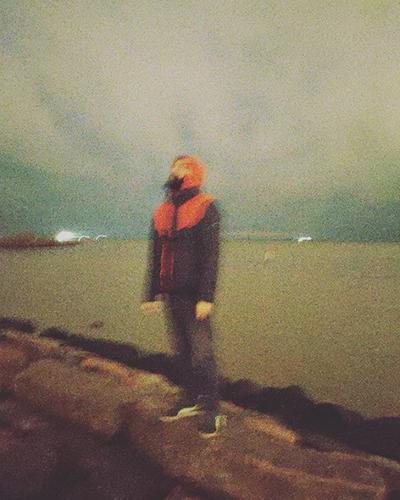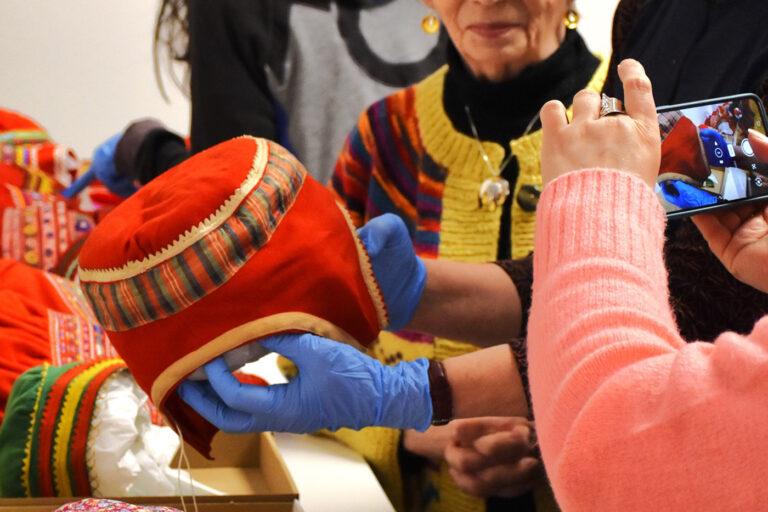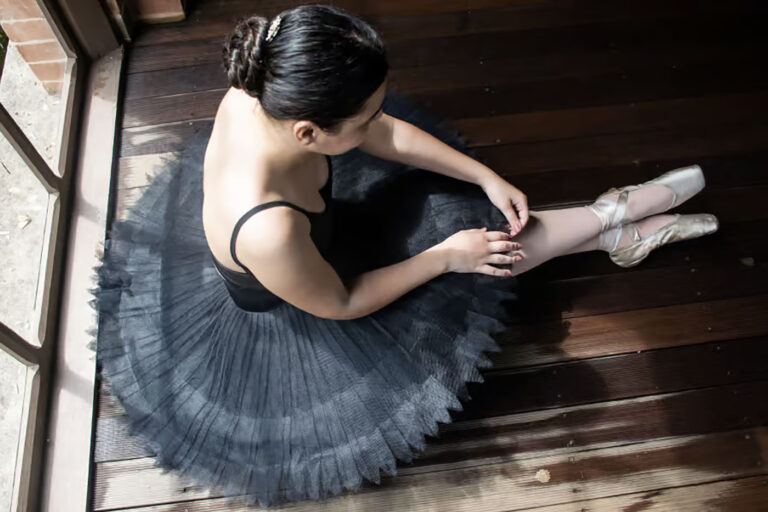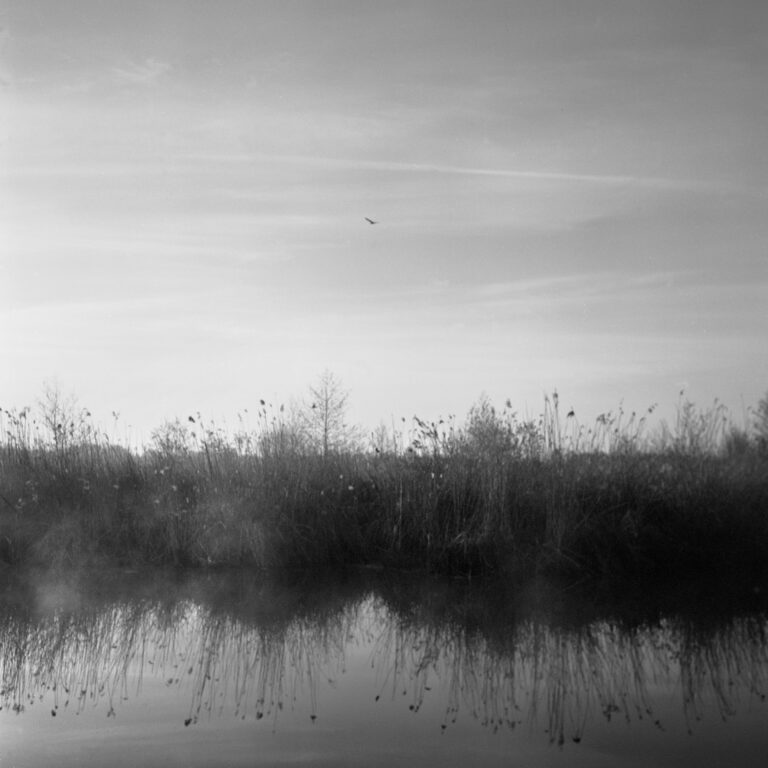Four Artists Awarded Grants to Foreign Residencies
The international residency programme of the Cultural Foundation continues in scaled-down form due to the exceptional circumstances caused by the Coronavirus pandemic. The August 2020 round of applications featured five residencies open for application, of which artists were chosen to fill four in 2021.
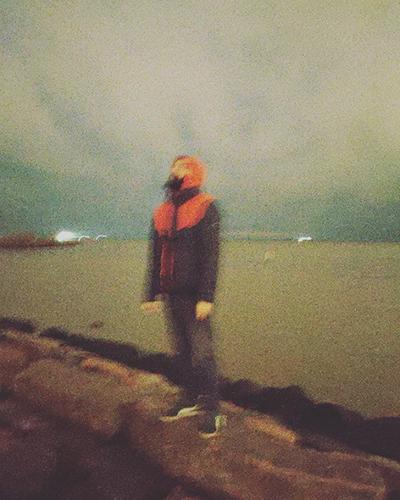
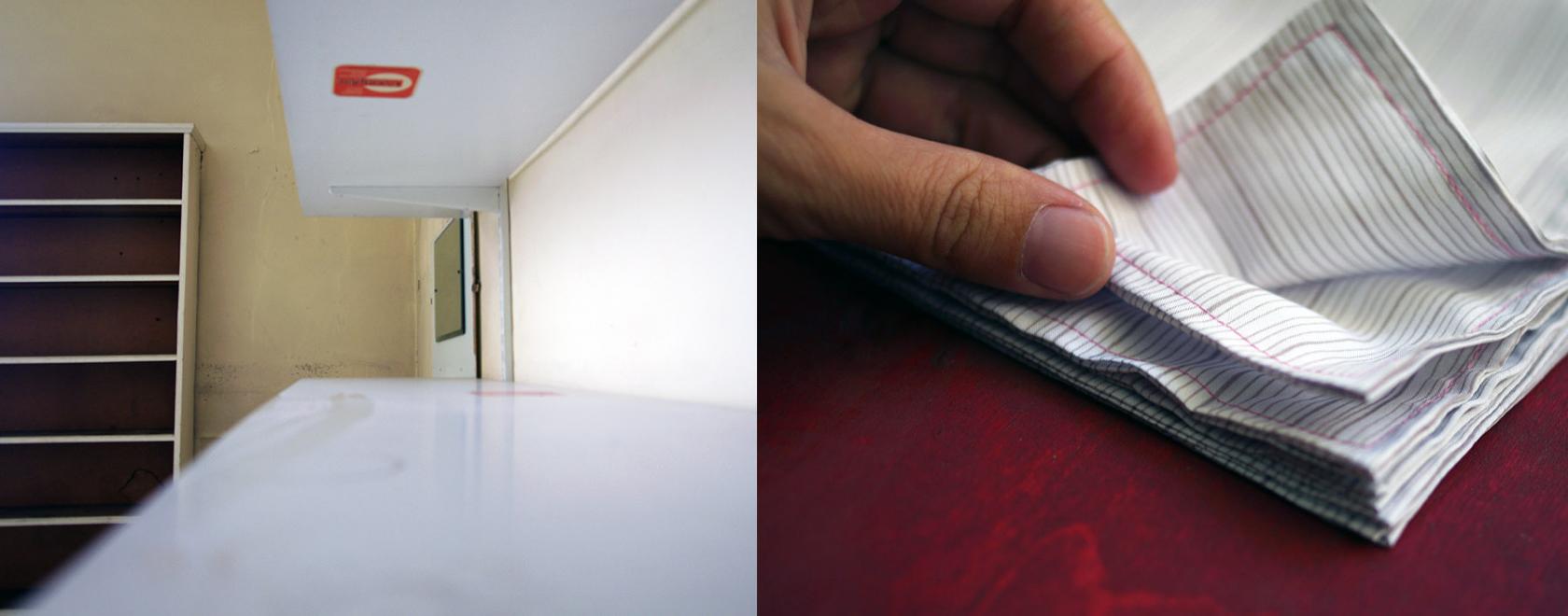
The artists chosen for these residencies include visual artists Anastasia Artemeva for the Tokyo AIT residence, Parsa Kamehkhosh for the Tokyo Arts and Space residence, Gregoire Rousseau for the IFP residence in Beijing, and writer Tommi Parkko for the residence of the FILBA literature festival in Buenos Aires.
– At the moment I am working on several books and, next fall, probably on particular poems and a non-fiction book on writing poetry. The main thing about residencies is that you can focus on your own work. During this COVID-19 year, I have taken up writing in the middle of the woods. Being alone gives you an opportunity to focus, describes Parkko.
Besides the residencies in Tokyo, Beijing, and Buenos Aires, The Artspace residency in Sydney was open for application. However, during the latter part of the application selection process, in November 2020, The Artspace secured a significant, almost 3.5-million-euro funding to renew its facilities. Because of this, the Artspace will be closed for renovations until the summer of 2022, which meant that it was not possible to select a new artist for the residency.
– Due to the Coronavirus, the Cultural Foundation was forced to postpone all of its 2020 residencies to 2021, which is why selecting new artists was possible only for part of the residencies. Traveling to many of the residency locations is still practically impossible, and we can only hope that it will be possible to carry out both the postponed and these new residencies during 2021, explains Senior Advisor Johanna Ruohonen who oversees the residency programme.
– I hope that the situation with the pandemic will improve by next summer. This year has shown that we must be flexible and give priority to health and safety. At the same time, I believe that cross-border and cross-cultural communication is more vital now than ever, when the movement of people and information is restricted, reflects Artemeva, soon to embark on her Tokyo residency.
A working grant in a Cultural Foundation residency is 7,000 euros for a period of three months. An additional travel grant, the sum of which for remote residencies is 1,000 euros, will be awarded, provided that the journey is made by air. The Cultural Foundation encourages artists traveling to their residencies to choose as climate-friendly means of travel as possible, which is why artists bound for residency destinations reachable by rail and ferry traffic are awarded supplemented travel grants, provided they travel to their residencies by means other than air travel. In these cases, the travel grant to Asian destinations is 5,000 euros.
The residency programme of the Cultural Foundation currently features nine residencies in eight countries. The programme is being developed in co-operation with the Helsinki International Artist Programme (HIAP). The artists applying for the residencies are chosen through a two-stage evaluation process, in which the receiving residency makes the final selection on the basis of the preselection made by the Cultural Foundation. The August application round for the residency programme received a total of 58 applications.
